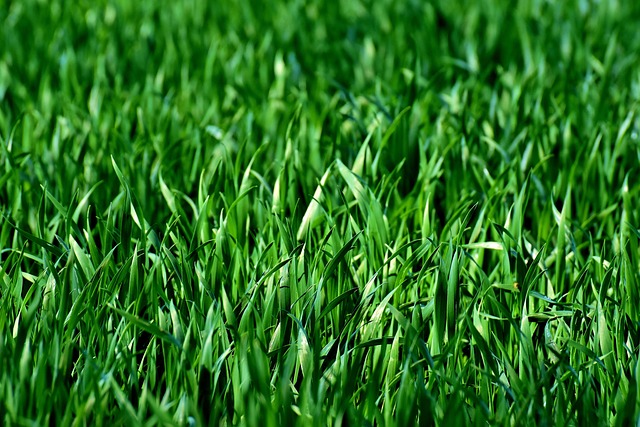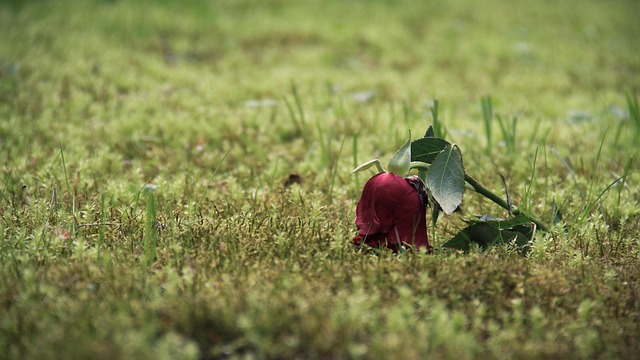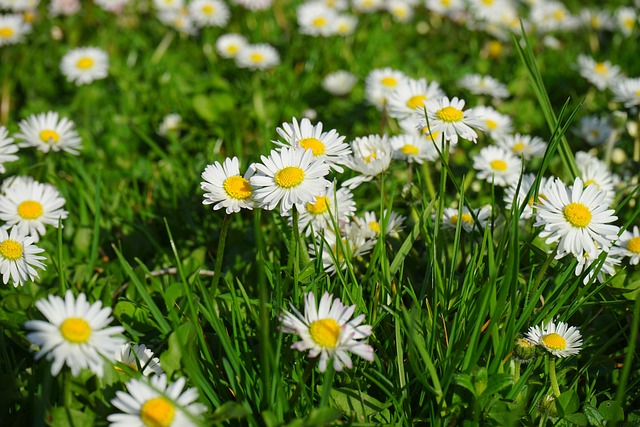In Colorado Springs, identifying lawn fungi is crucial for seasonal growth management. Look for discolored grass, moldy growth, and web-like structures, with issues tied to specific seasons like dollar spot in warm summers or brown patch in cool springs and falls. Early identification allows for solutions including proper watering, air circulation, fungicides, and enhanced lawn care practices to maintain lawn health year-round. Timely treatment during seasonal conditions is vital for effective management and prevention of lawn fungus in Colorado Springs.
Lawn plants, much like us, thrive with proper care and attention. However, they face unique challenges from seasonal changes, especially fungal infections prevalent in Colorado Springs’ climate. Understanding lawn fungus is crucial for identifying common types that may lurk beneath the surface. This article guides you through recognizing seasonal growth patterns of lawn fungi and offers effective management strategies to maintain healthy lawns, ensuring your outdoor space remains vibrant and pest-free year-round, specifically targeting challenges unique to Colorado Springs.
- Understanding Lawn Fungus: Common Types in Colorado Springs
- Seasonal Growth Patterns: When to Spot and Treat Fungus
- Effective Management Strategies for Healthy Lawns
Understanding Lawn Fungus: Common Types in Colorado Springs

In Colorado Springs, understanding lawn fungus is crucial for effective seasonal growth management. Homeowners often notice patches of discolored grass or moldy growth, indicating various types of lawn fungi. Identifying lawn fungus in Colorado Springs involves recognizing specific symptoms such as yellowing, browning, or thinning grass; dense web-like structures (fnag or moss); and the presence of white, gray, or black spores. These signs can point to common types like dollar spot, brown patch, or patchy diseases, each with distinct characteristics and seasonal patterns.
The region’s unique climate creates ideal conditions for these fungi to thrive during specific seasons. For instance, dollar spot typically appears in warm, moist summers while brown patch favors cool, wet springs and falls. Prompt identification is key to managing lawn health effectively. Homeowners can take proactive measures like maintaining proper watering practices, ensuring adequate air circulation, applying fungicides when necessary, and improving overall lawn care routines to minimize fungal issues throughout the year.
Seasonal Growth Patterns: When to Spot and Treat Fungus

In Colorado Springs, understanding seasonal growth patterns is crucial for identifying and managing lawn fungus effectively. During spring, as temperatures rise and rainfall increases, fungi often thrive due to optimal moisture levels. This period requires close attention to ensure any fungal outbreaks are spotted early. Regularly inspecting your lawn for discolored patches, irregular growth, or wilted grass can help in identifying potential fungus issues.
Summer brings hotter conditions, which can stress grass and create favorable environments for specific fungi. If left untreated, these fungal infections can spread rapidly. Fall offers a transition phase where temperatures cool down but moisture levels remain high, presenting another window for fungal growth. Timely treatment during these periods is essential to maintain a healthy lawn. Remember, identifying lawn fungus in Colorado Springs early allows for effective management and prevention of further damage.
Effective Management Strategies for Healthy Lawns

Managing a lawn’s seasonal growth involves tailored strategies to ensure its health and resilience, especially in areas like Colorado Springs with distinct seasons. One of the critical aspects is identifying and addressing lawn fungus early on. In Colorado Springs’ dry climate, certain types of fungi can thrive, causing issues like brown patches or moldy growth. Regularly inspecting your lawn for signs of fungus is essential, as prompt action can prevent widespread damage.
Effective management includes a balanced approach to fertilization and irrigation, ensuring the lawn receives adequate moisture without promoting excessive growth of fungi. Using fungicides specifically designed for lawns can be beneficial during periods of high fungal activity. Additionally, maintaining proper air circulation and ensuring sufficient sunlight penetration helps create an environment less conducive to fungal growth.
In Colorado Springs, understanding and managing lawn fungus is key to maintaining a healthy, vibrant lawn. By identifying common types of fungus and their seasonal growth patterns, homeowners can effectively treat issues promptly. Implementing sound management strategies, such as proper watering, mowing, and fertilization, further strengthens the lawn’s resistance against fungal infections. Armed with this knowledge, folks in Colorado Springs can ensure their lawns thrive year-round, addressing any fungus concerns head-on. Remember that proactive measures and timely treatment are essential when it comes to identifying lawn fungus in Colorado Springs.
